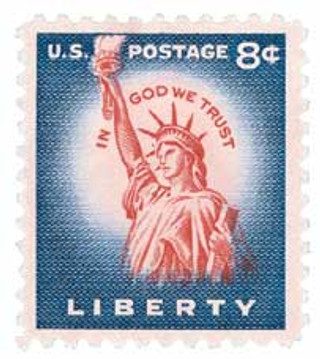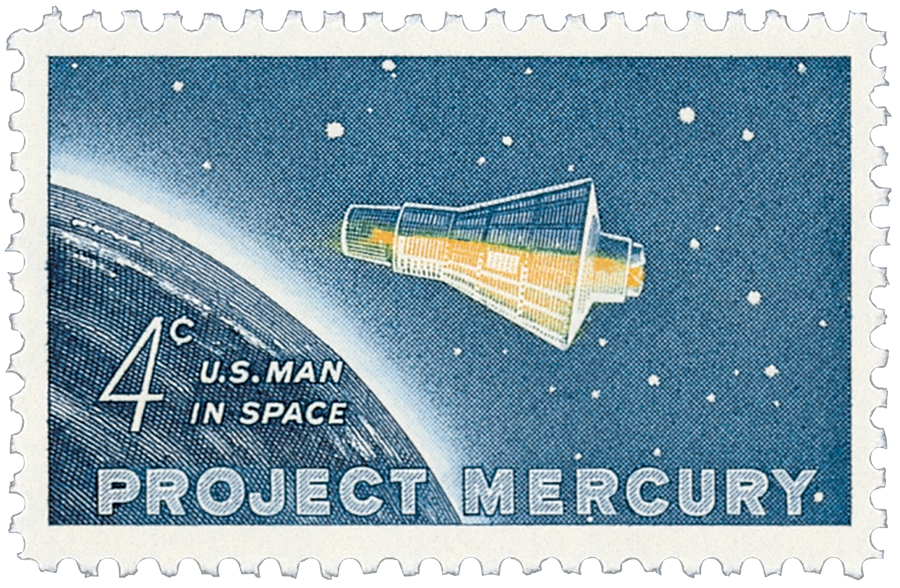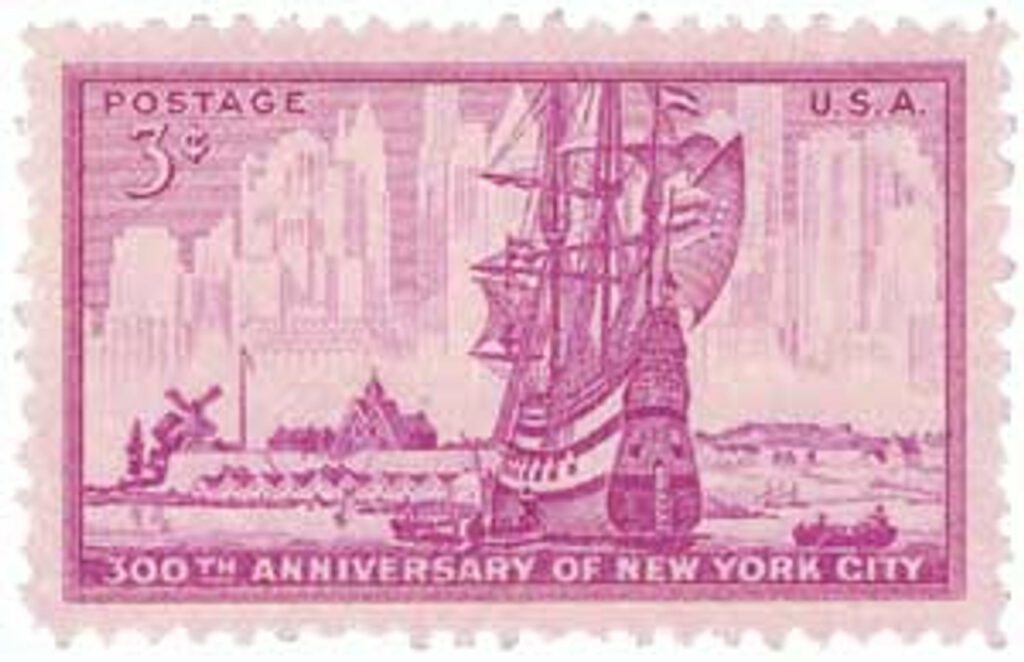Renowned stamp artist Charles Ransom Chickering was born on October 7, 1891, Easthampton Township, New Jersey. During his 15 years at the Bureau of Engraving and Printing, he designed 77 US stamp.
Chickering developed a talent for art at a young age. He considered a career in engineering, but a scholarship to the Philadelphia Museum School of Industrial Art sent him on another path. After graduating in 1913, Chickering sold his first illustration to Collier’s Magazine, and soon established himself as a successful freelance illustrator for books and magazines.
When the US joined World War I, Chickering joined the Army, first serving with the infantry and later being transferred to the cavalry. He continued to draw in his spare time, which attracted the attention of his superiors. Soon, Chickering was put to work drawing medical illustrations of wounded and deceased soldiers. Many of these drawings are in the collections of the Smithsonian.

After the war, Chickering returned to freelancing. His illustrations were featured in some of the day’s top magazines, including Collier’s, Good Housekeeping, The Country Gentleman, Everybody’s Magazine, Blue Book, Redbook, Cosmopolitan, Liberty, and the Saturday Evening Post. They were also featured in nearly every issue of The Blue Book Magazine produced from the 1930s to the 1950s. During World War II, Chickering illustrated recruitment posters for the Navy as well as posters promoting the war effort in factories.
After the war, Chickering took a job with the Bureau of Engraving and Printing in Washington, DC, on February 12, 1947. He would spend the next 15 years there as a stamp designer and modeler. Of the 77 stamp designs he created, 66 went to press with no changes, while 11 were modified slightly before printing. Chickering also served as the modeler for 41 stamps designed by others and as joint-modeler for another eight stamps. As a modeler, he combined artwork and text to produce the final stamp design.

Before designing each stamp, Chickering spent a lot of time studying historic details from letters, paintings, statues, photographs, and various documents to ensure his designs were as accurate as possible. Chickering’s most famous design was the Project Mercury stamp issued February 20, 1962. The production of this stamp was done in complete secret in case Project Mercury turned out to be a failure. In fact, BEP employees were told Chickering was on vacation while he was really at home working on the stamp. When the stamps were finished, they were mailed to post offices across the US in envelopes labeled “Top Secret.” The very hour John Glenn returned to Earth on February 20, 1962, the stamps were released to the public. So this stamp was issued on the very same day the historic moment on it occurred.

After retiring from the BEP in 1962, Chickering continued his art career, designing and illustrating First Day Cover cachets until his death on April 29, 1970.
Click here to view more of Chickering’s US stamp designs. How many do you have in your collection?
| FREE printable This Day in History album pages Download a PDF of today’s article. Get a binder or other supplies to create your This Day in History album. |
Discover what else happened on This Day in History.




I remember the day the Mercury capsule came to our small school on its tour across the country. This stamp brings back the wonder felt at this achievement. Thank you.
Is there a book or pamphlet available that lists all the US stamps that Chickering designed and the ones that he served as the modeler (49)? 77 were designed by him, 66 went to press with no changes, 11 were modified. Also is there a book or listing of the Canadian and US cachets he designed?
Thank you!